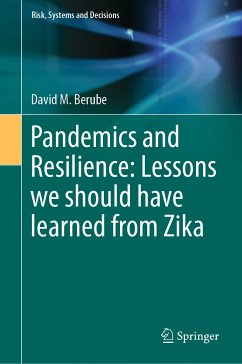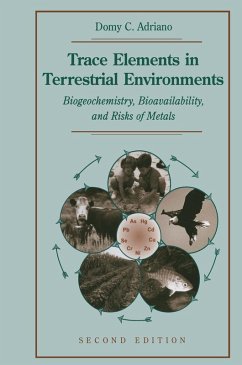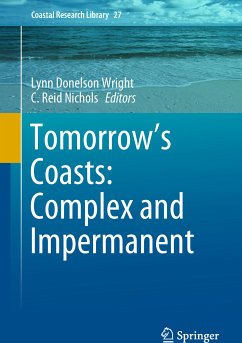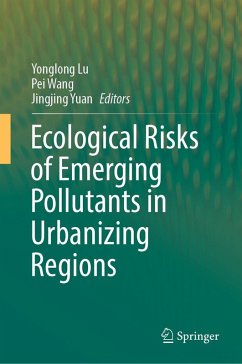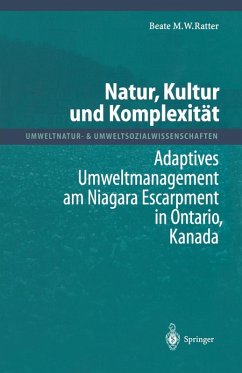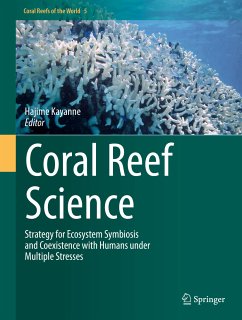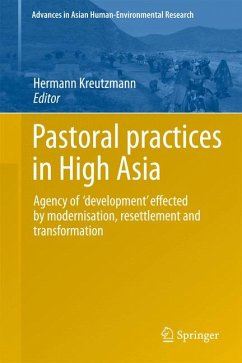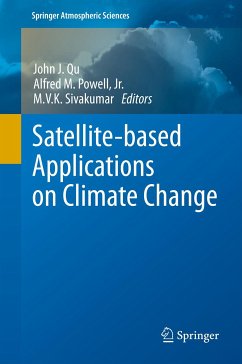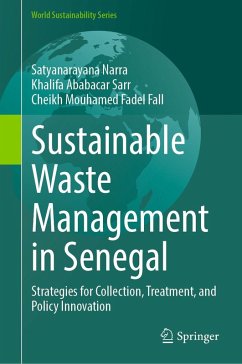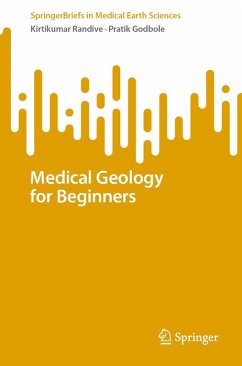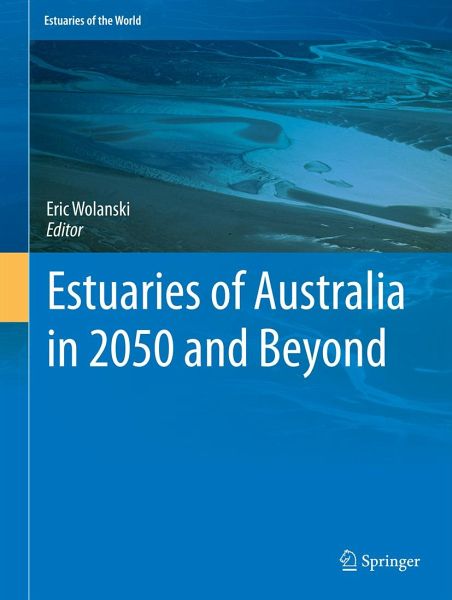
Estuaries of Australia in 2050 and beyond (eBook, PDF)
Versandkostenfrei!
Sofort per Download lieferbar
72,95 €
inkl. MwSt.
Weitere Ausgaben:

PAYBACK Punkte
36 °P sammeln!
The book addresses the questions: Is Australia's rapidly growing human population and economy environmentally sustainable for its estuaries and coasts? What is needed to enable sustainable development?To answer these questions, this book reports detailed studies of 20 iconic Australian estuaries and bays by leading Australian estuarine scientists.That knowledge is synthesised in time and space across Australia to suggest what Australian estuaries will look like in 2050 and beyond based on socio-economic decisions that are made now, and changes that are needed to ensure sustainability.The book ...
The book addresses the questions: Is Australia's rapidly growing human population and economy environmentally sustainable for its estuaries and coasts? What is needed to enable sustainable development?
To answer these questions, this book reports detailed studies of 20 iconic Australian estuaries and bays by leading Australian estuarine scientists.
That knowledge is synthesised in time and space across Australia to suggest what Australian estuaries will look like in 2050 and beyond based on socio-economic decisions that are made now, and changes that are needed to ensure sustainability.
The book also has a Prologue by Mr Malcolm Fraser, former Prime Minister of Australia, which bridges environmental science, population policy and sustainability.
To answer these questions, this book reports detailed studies of 20 iconic Australian estuaries and bays by leading Australian estuarine scientists.
That knowledge is synthesised in time and space across Australia to suggest what Australian estuaries will look like in 2050 and beyond based on socio-economic decisions that are made now, and changes that are needed to ensure sustainability.
The book also has a Prologue by Mr Malcolm Fraser, former Prime Minister of Australia, which bridges environmental science, population policy and sustainability.
Dieser Download kann aus rechtlichen Gründen nur mit Rechnungsadresse in A, B, BG, CY, CZ, D, DK, EW, E, FIN, F, GR, HR, H, IRL, I, LT, L, LR, M, NL, PL, P, R, S, SLO, SK ausgeliefert werden.




